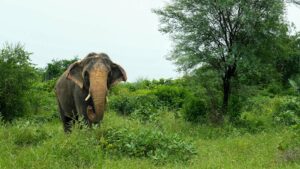India, home to over 60% of the world’s remaining Asian elephants, has reached a pivotal moment in its conservation journey. According to the first-ever DNA-based elephant census released in 2025, the country’s wild population is at 22,446 individuals — a significant decline from the 29,964 recorded in 2017.
The findings, documented by the Wildlife Institute of India (WII) as part of the Synchronous All-India Elephant Estimation (SAIEE), the nationwide census of Asian elephants done every five years, represent the nation’s most advanced elephant population study to date. For the first time, genetics and ground-based surveys have worked together to establish a new national baseline for elephant conservation.
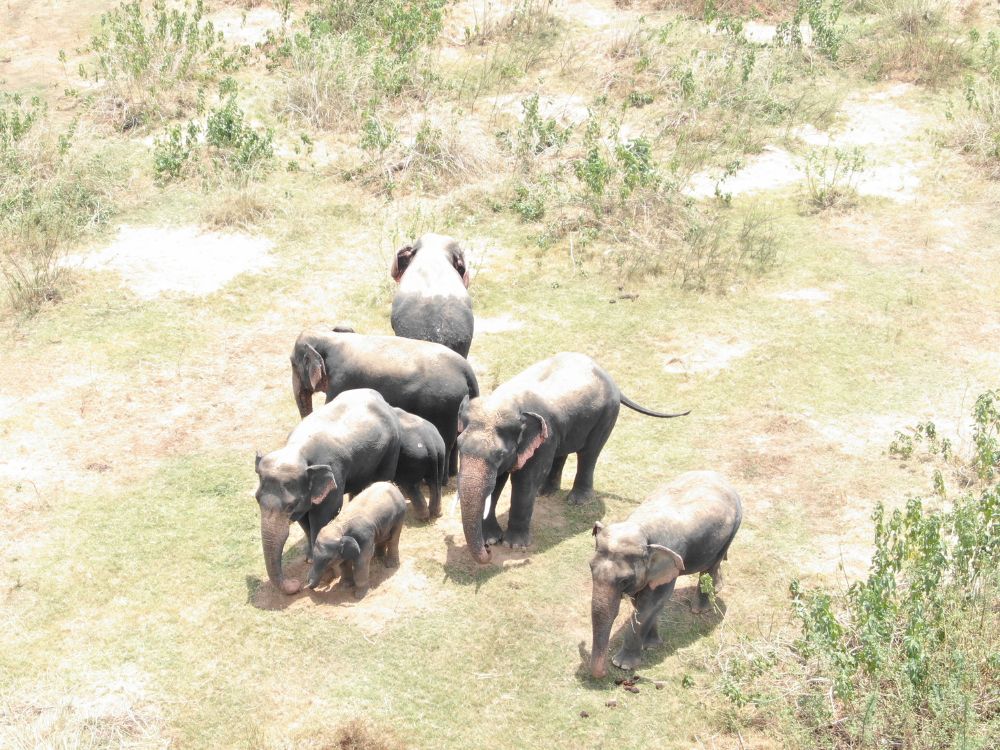
Navigating shrinking territories, these gentle giants face an uncertain future as their habitats vanish amidst expanding development. [Photo © Chhattisgarh Forest Department]
From Dung to DNA: How Scientists Tracked Elephants Across India
For the procedural shift made to achieve this number, researchers collected 21,056 dung samples from elephant habitats across India. These samples were analysed using DNA fingerprinting technology, a technique that identifies individual elephants by their unique genetic code, much like human DNA identification.
Field teams covered nearly 6,70,000 km of forest trails, gathering data across more than 3,10,000 dung plots. Using this information, scientists identified 4,065 unique elephants and applied a mark-recapture model to estimate the total population.

(Representative Image) Dung sampling, like the process shown here, was a critical part of India’s first DNA-based elephant census. [Photo © Wildlife SOS/ Mradul Pathak]
This framework and methodology, though complex, offer a far more reliable and accurate picture than the visual head count that was earlier used for elephant census. They help to reduce the margin of error that occurs from double-counting or missing elusive individuals.
Where India’s Elephants Live, and Where Numbers are Falling
The SAIEE report paints a well-detailed picture of the distribution of India’s elephants across landscapes:
- Western Ghats: 11,934 elephants — the country’s largest stronghold, spanning across Karnataka, Kerala, and Tamil Nadu.
- North-Eastern Hills and Brahmaputra Floodplains: 6,559 elephants — fragmented yet vital habitats across Assam, Arunachal Pradesh, and Meghalaya.
- Shivalik Hills & Gangetic Plains: 2,062 elephants — crucial corridors under growing pressure of habitat loss due to infrastructure and agriculture.
- Central India & Eastern Ghats: 1,891 elephants — representing small, isolated herds in states like Chhattisgarh, Jharkhand, and Odisha.
Among individual states, Karnataka remains home to the highest number of elephants (6,013), followed by Assam (4,159), Tamil Nadu (3,136), Kerala (2,785), and Uttarakhand (1,792).
But the story behind these figures is concerning. Populations in central and eastern regions are increasingly fragmented, isolated, and at risk of genetic decline. In Madhya Pradesh and Maharashtra, only less than 100 elephants exist, which is a stark reminder that lost habitats are difficult to reclaim.
Why the Numbers Dropped, and Why the Method Matters
While the 25% drop since 2017 has raised concern, experts also urge caution in interpretation. The DNA-based model represents a new scientific baseline, rather than direct comparison with past counts and methods that relied on visual observations and indirect dung estimates.
The clarity of data in the DNA technique, however, reveals realities that simply cannot be overlooked: habitat loss, fragmentation, and human-elephant conflict are accelerating across India’s elephant range. Expanding commercial plantations, fencing of farmlands, mining, railway lines, and road projects have disrupted traditional elephant corridors, forcing herds to move through human settlements.
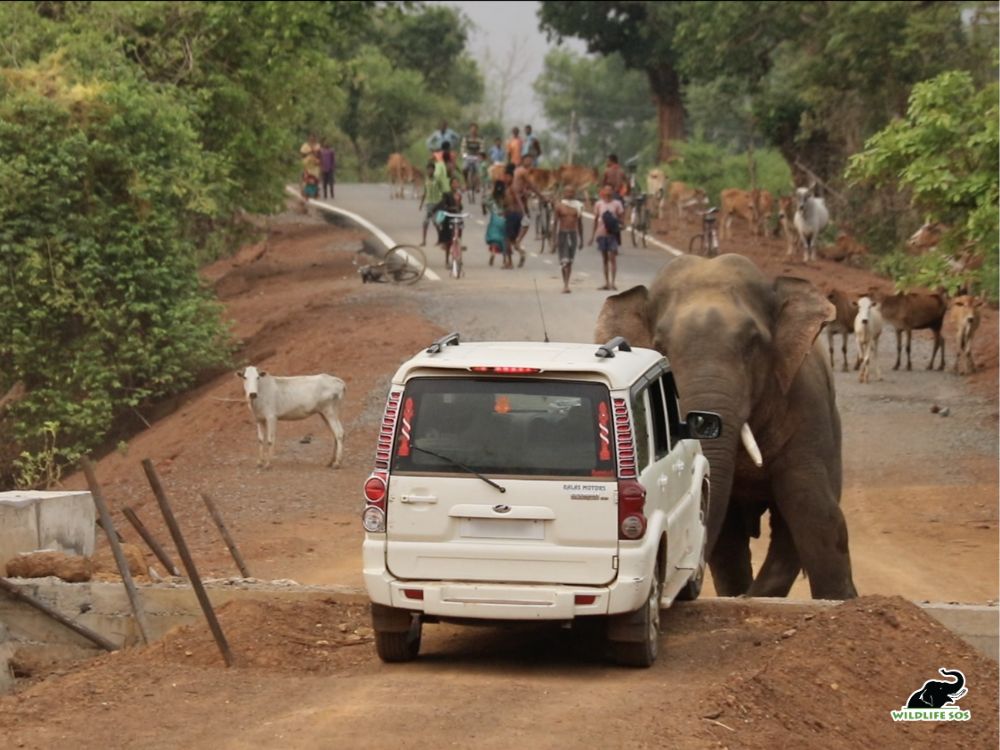
The habitats of elephants are being fragmented by roads and railway tracks, pushing the large mammal closer to humans and increasing the risk of conflict. [Photo © Wildlife SOS]
In the Western Ghats, frequent forest fires and invasive plantations have threatened habitats. In the Nilgiris and Coimbatore regions of Tamil Nadu, human-elephant conflict has claimed over 150 human lives and 170 elephant lives in recent years. Similar problems have been reported in Kerala and Assam, where elephants are increasingly trespassing on agricultural lands in search of food.
What This Means for Conservation
This new baseline for elephant census gives policymakers and stakeholders a chance to reset conservation priorities with the backing of scientific data at the core. DNA fingerprinting will now allow for more consistent monitoring, making it possible to track individual elephants, measure genetic diversity, and assess corridor connectivity.
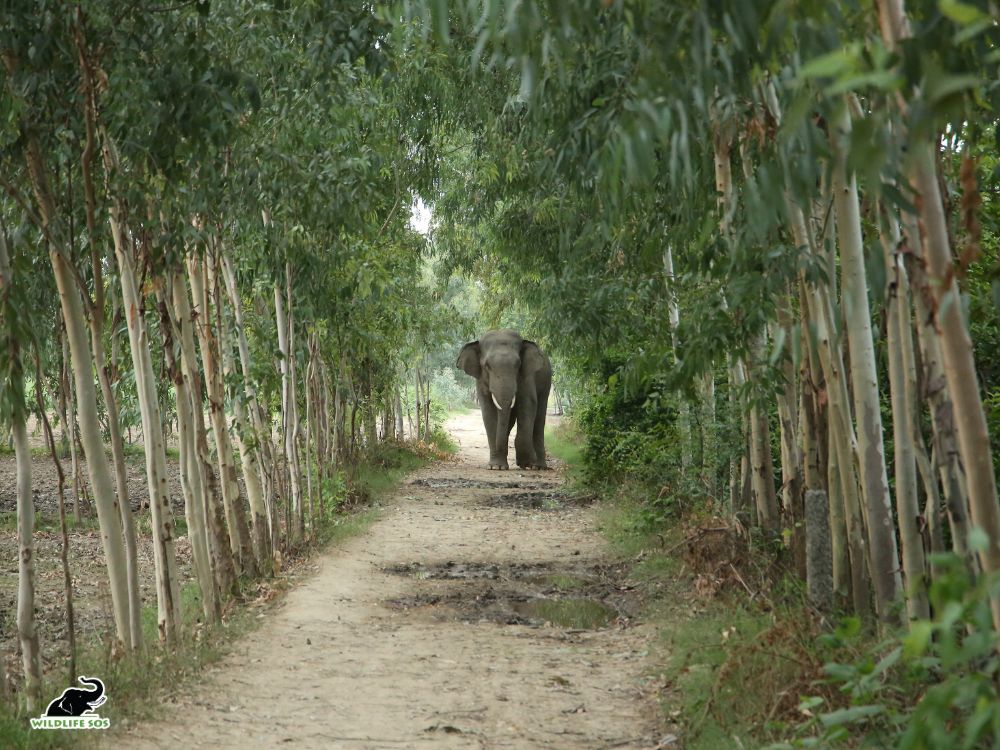
As human settlements expand into forests where elephants not only reside, but form their route of movement, these majestic animals face mounting pressure of losing their habitats, which in turn sparks unexpected encounters. [Photo © Wildlife SOS/ Mradul Pathak]
For conservation organisations like Wildlife SOS, this report reinforces an urgent call to action: saving elephants requires saving entire landscapes. Protection must include the agricultural edges, railway crossings, and village boundaries where elephants and humans coexist daily. Elephants are iconic ecosystem engineers. Their well-being reflects the health of entire forest systems. If their numbers and movements are disrupted, everything from seed dispersal to water cycles suffers.
Wildlife SOS’s Response: Promoting Coexistence
At Wildlife SOS, our work with elephants includes rescue, rehabilitation, research, and coexistence. While we care for elephants rescued from captivity, we also collaborate with forest departments and local communities to reduce conflict in wild elephant landscapes.
Our teams have been actively involved with:
- Early-warning systems to alert villages prone to unexpected encounters of elephant location and movement.
- Community workshops and awareness campaigns to promote safe co-existence practices.
- Habitat restoration projects that reconnect broken corridors.
- The Haathi Sewa initiative that provides medical assistance to elephants in need throughout the country.
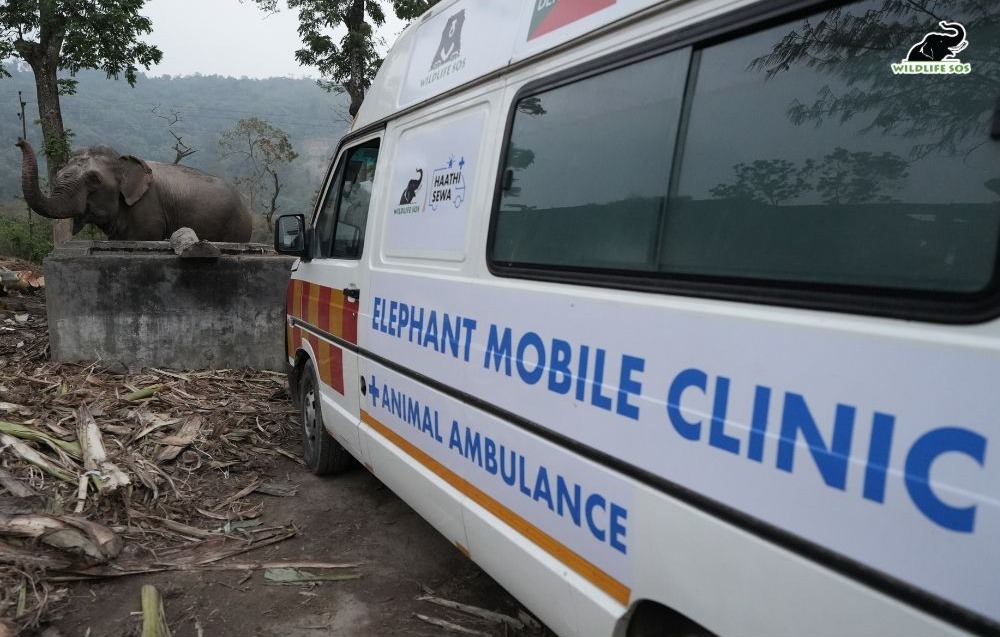
The Haathi Sewa initiative ensures access to veterinary aid for elephants living in remote areas so that all receive the help they need. [Photo © Wildlife SOS/ Atharva Pacharne]
Elephants have walked this planet for centuries, shaping forest landscapes and ecosystems. Today, their survival depends on how quickly we act to safeguard the spaces they need to exist.
Join Wildlife SOS in protecting India’s elephants — in the wild and in captivity. Let’s stop unethical tourism by signing and sharing the Refuse to Ride petition. Let’s end the practice of ‘begging’ elephants by 2030. Every donation, partnership, and voice raised can help preserve the wild legacy of these gentle giants for generations to come.
Together, we can ensure India’s elephants live with dignity and freedom.
Feature image: Akash Dolas/ Wildlife SOS



